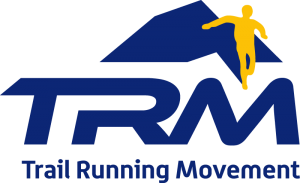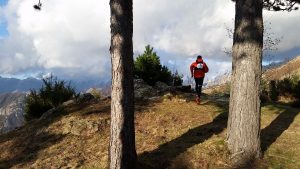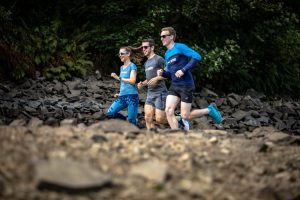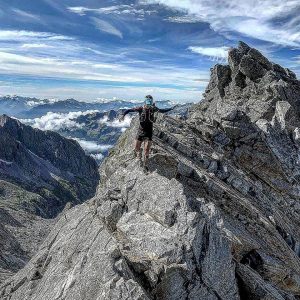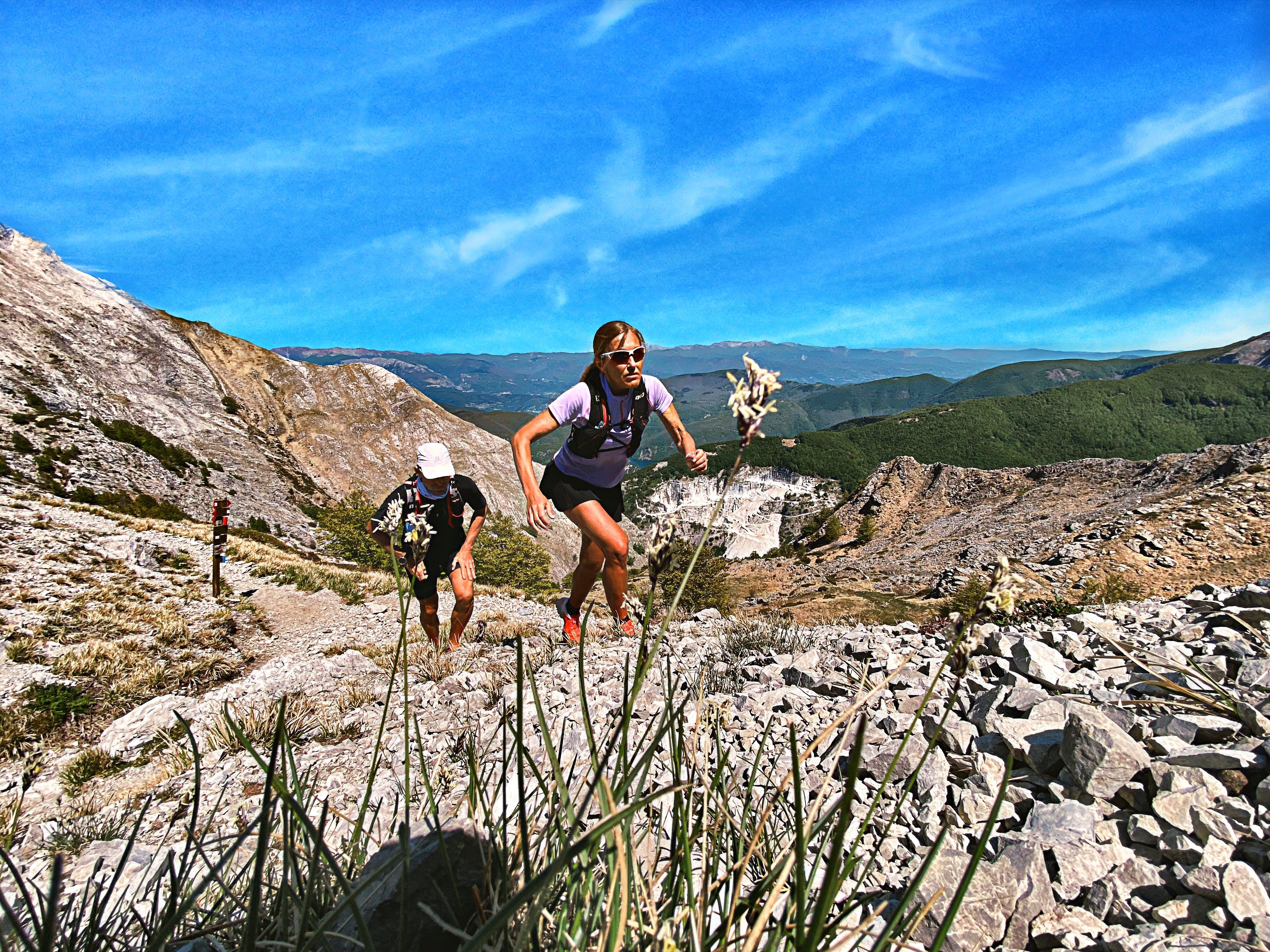
HOW TO RESTART AFTER THE CORONAVIRUS: VO2 Max and weekly MILEAGE
After a stop is always difficult to restart, you must reconsider your VO2 Max and weekly mileage, we will see how in the article.
Many athletes are now able to run again, of course, in compliance with the local regulations, and have just experienced the first workout on trails. The first sensations are often not good and the athlete is assailed by a thousand doubts on which strategy to follow to start again.
To understand how to proceed, you must first understand “scientifically” how much you have lost. Only then you can decide what to do to regain your pre-COVID19 lockdown body shape as quickly as possible.
Fortunately, some scientific studies indicate us how to determine the performance losses and, consequently, can help us to decide the type of exercise and workload to return to the starting level.
How to calculate the loss of VO2 Max?
Assuming that the calculation depends: from athlete to athlete; from the “restart” point, i.e. from the duration of the stop; and from the level of training of the athlete himself, here are some useful references.
Calculation of the loss of VO2 Max in relation to the duration of the athletic stop
Considering that not all athletes have been forced to stop completely or have managed to run in different ways (treadmill, garden, courtyards ..) and that some of them had already stopped before COVID19 and ready to start again with spring, the athletic stop could have lasted from 2 to 12 weeks (3 months) with a variable loss between 5% and 30% of the VO2 Max.
For you the calculations:
- 2-weeks stop = loss between 5-7% of VO2Max
- 1-2 months stop = loss between 15-20% of VO2Max
- 2-3 months stop = loss between 25-30% of VO2Max
How long does it take to regain your VO2 Max?
Hard to say because it depends on many factors, not least, the type of specific sessions, the compatibility of the same with your goal, the support of a professional trainer, your discipline and motivation. .. and so on.
Let’s say that in the best case you could go back to the starting point in 3 months, in the worst in 6-8 months.
Before jumping headfirst into specific training sessions for VO2 Max, ask yourself if this should be the priority and if you really need it.
Here are two extreme cases of athletes who will help you to decide.
Mario must run a 45km, in the Apennines with limited D+, a very competitive race where he aims to make his best time. In this case, the VO2 Max will be decisive for the result.
Andrea looks forward to participating in the Tor Des Geants® 2020 which he interprets as a personal journey where he aims to become a Giant Finisher … In this case he should put aside the VO2 Max and focus on endurance (see below).
How to calculate the max distance of km per week?
To run an ultra trail you need a 360 ° preparation but, first of all, it is essential to put kilometers on your legs!
The determination of the ideal mileage per week is related to many factors such as, for example, a few: the distance in kilometers of the goal race, the progression of the mileage increases per week, the maximum distance of the last long run (download the free eBook: How to plan training sessions) …… and many other factors.
We also know well that for many athletes, we are now entering the competitive season, a period in which some specific skills are trained, including “endurance”. Due to COVID19 and the lockdown we are in the situation of having to accelerate.
The worst thing you can do is to take the training plan of a friend who did the TOR last year and try to replicate it. The mistakes would be two: 1) compare two different years, one with lockdown and one without; 2) consider a program tailored to a specific athlete and in certainly better physical conditions than your current situation.
So how should you proceed for an approximate calculation useful to determine your progressive increase in mileage?
As in the previous example, let’s think scientifically and first set the starting point. Ask yourself: how much have I lost due to the quarantine?
The answer depends on how many days you have been stopped.
Here are some examples that can help you.
Weekly mileage calculation in relation to the athletic stop
- Stop of 15-30 days = restart with 40% less mileage
- Stop of 30-90 days = restart with 50% less mileage
At this point, put your legs on your shoulder and run.
You will need time to return to your usual mileage distances. Be patient, proceed gradually and consider that you could be back to the pre lockdown condition, on average, after 3 months.
As we used to say to our athletes, unfortunately, there is nothing you can do to reduce the time needed and it is clear how, if you have not started a preparation well in advance or if you have not managed to maintain a minimum basic mileage, some races, even in late summer, are compromised.
In this unpleasant situation we suggest two alternatives:
1) review the performance target;
2) reschedule the race for next year.
In both cases, don’t lose motivation, focus and discipline in training.
You can also read our previous article with more useful tips to speed up the recovery time here: How to restart training
Do you want to burn the stages and compress the times? Choose a custom program that will save another 10% of time here: Trail Running Training Plans
Take the opportunity to experience a full immersion in running technique, nutrition and race strategy with the TRM Camp here: TRM Trail Running Camps
Enjoy your workout!
running coaches, TRAIL RUNNING COACHES, Trail Running Coaches in Italy, trail running programs, Trail Running Training, train your threadsol, training after covid19



